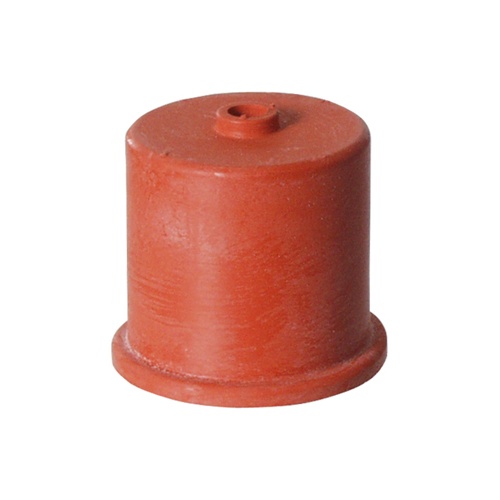So what is the difference between a typical auto siphon and this sterile siphon, other than the obvious functionality differences?
https://www.morebeer.com/products/s...lon-carboy-smooth-necks.html?a_aid=brulosophy
https://www.morebeer.com/products/s...lon-carboy-smooth-necks.html?a_aid=brulosophy



![Craft A Brew - Safale BE-256 Yeast - Fermentis - Belgian Ale Dry Yeast - For Belgian & Strong Ales - Ingredients for Home Brewing - Beer Making Supplies - [3 Pack]](https://m.media-amazon.com/images/I/51bcKEwQmWL._SL500_.jpg)












































